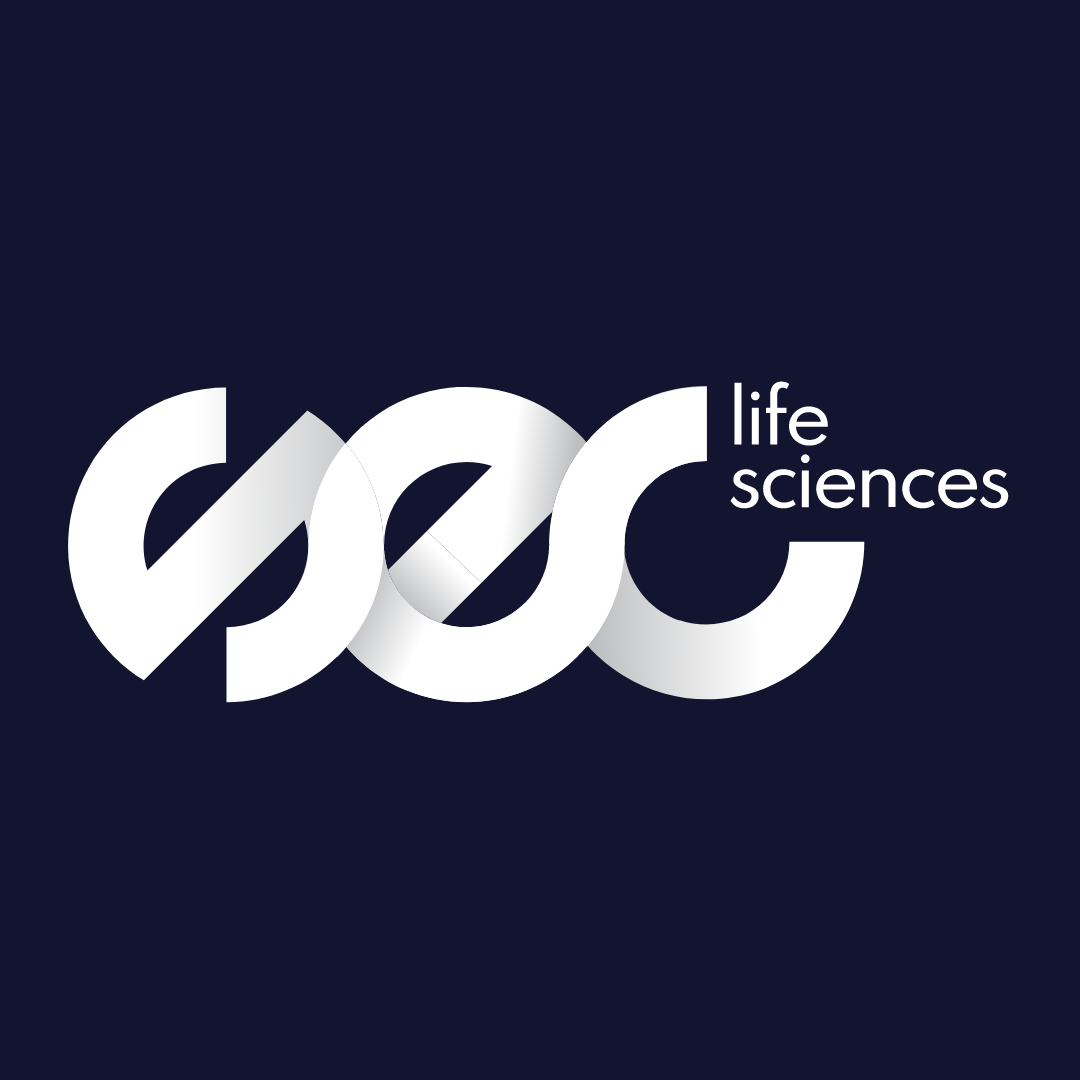Latest News
How life sciences scale-ups can win top talent in a competitive market
06 May, 20256 minutesHiring during the scale-up phase is one of the most critical parts of building a successful ...

Hiring during the scale-up phase is one of the most critical parts of building a successful life sciences company.
Whether you're preparing for clinical trials, expanding manufacturing, or moving toward commercial launch, having the right people in place can make or break your momentum.
But hiring in this sector isn’t simple.
Timelines are tight, roles are highly specialised, and you’re often competing with bigger, more recognisable names for the same talent, across clinical operations, regulatory, biostatistics, and more.
At this stage, recruitment isn’t just about filling roles. It’s about building a team that can adapt, deliver, and scale alongside the science.
In this blog, we’re breaking down:
- Why hiring in a life sciences scale-up is uniquely challenging
- The real-world pressures hiring teams face in today’s competitive market
- Practical strategies to help you hire with more focus, speed, and long-term impact
Why hiring during scale-up is so challenging in life sciences
Hiring in a life sciences scale-up brings its own set of pressures. The pace is fast, the roles are high-impact, and there’s often no playbook to follow.
Add to that a competitive market for specialist and niche top talent, and it’s easy to see why recruitment during this phase can feel high-stakes and unpredictable.
Through conversations with leaders at growing life sciences businesses, we consistently hear the same core challenges:
You’re building for what’s next, not just what’s now
Hiring isn’t just about filling a gap, it’s about preparing for what’s coming.
Whether it’s a new clinical phase, a regulatory milestone, or a commercial rollout, the people you hire now need to be able to evolve with the business. That means hiring for adaptability, not just experience.
Every hire has real consequences
With leaner teams and ambitious targets, one great hire can accelerate timelines. Leaders often tell us how one great hire can move a project forward, or how one mis-hire can stall progress, drain resources, or impact morale.
The pressure to get it right is real, especially when there’s little room for error.
You’re not the biggest name in the room
Established pharma, biotech, and CROs often have more visibility, bigger budgets, and brand recognition that draws in talent. You might be doing meaningful work, but candidates won’t know that unless you’re telling your story well from the start.
Niche roles are hard to fill
We frequently hear how competitive it is to hire in functions like regulatory, clinical operations, and biostatistics.
The candidates with those skills are often passive candidates who aren’t actively looking.
Because their expertise is so specialised, they tend to be selective and harder to reach, which means even standout opportunities can get overlooked if your approach isn’t targeted and compelling.
Candidates are looking for proof
In-demand candidates want more than just a good job. They want to see that your science is credible, your funding is secure, and your leadership has a plan.
If they’re not confident in your direction, they’ll move on, especially if they’ve got other options.
If any of this sounds familiar, you’re not alone. These are the same challenges we hear from scaling companies across the industry. The good news is that there are practical ways to approach them with more clarity and confidence. Let’s look at how.
7 strategies our clients use to strengthen their scale-up hiring
Through our work with life sciences scale-ups, we’ve seen what works when it comes to hiring under pressure. These seven strategies are the ones our clients consistently find most effective, helping them move faster, compete better, and build teams that support real, sustainable growth.
Align hiring with business goals
Yes, it’s obvious, but it matters. It’s easy to agree that hiring should support business goals. But in practice, it’s just as easy for hiring to become reactive, especially in fast-growing environments where priorities shift quickly.
Take time to define what your business needs over the next 12–24 months, whether that’s clinical, regulatory, operational, or commercial, and hire with that roadmap in mind. It makes it easier to prioritise, manage expectations, and ensure everyone’s aligned on where to focus first.
You can use our Headcount Hiring Plan and Skills Gap Analysis Template to bring structure to those conversations.
Prioritise the hires that unlock growth
You don’t need to hire for everything at once. Focus your resources on the roles that have a direct impact on your ability to scale, whether that’s entering a new trial phase, expanding manufacturing, or meeting quality or compliance requirements.
Prioritising strategically helps maintain momentum and prevents overload on the people managing recruitment alongside everything else.
Build a story that candidates want to be part of
If you’re not a well-known name, your brand won’t sell the opportunity, your story will. Be clear on your mission, what sets you apart, and why now is an exciting time to join. This is crucial when engaging passive candidates who aren’t actively job searching.
Our Employer Branding Guide includes practical tips on how to position your company, communicate your culture, and tell your story across every stage of the candidate journey.
Streamline your hiring process
Specialist candidates, especially passive ones, are often balancing multiple processes. If your process is slow or unclear, they’ll drop out.
Keep interview rounds focused, make sure feedback loops are tight, and communicate clearly throughout. A simple, well-run process reflects well on your business and increases the chances of securing your first-choice candidates.
Once a candidate says yes, a smooth start matters. Our Onboarding Checklist can help make sure the handover from offer to Day One is consistent and engaging.
Don’t overlook the talent you already have
Developing your current team is often a faster, lower-risk option than hiring externally, especially when you're building new functions or covering short-term gaps. Promoting from within also boosts retention, which matters just as much as attraction in a competitive market.
While it’s not always possible, internal options should be explored before launching an external search, especially for mid-level roles with clear development potential.
Use real data to shape offers that land
You don’t need to offer the highest salary to win top talent, but you do need to understand what your target candidates expect. That includes salary benchmarks, remote or hybrid preferences, benefits, and progression opportunities.
Market data lets you position your offer more effectively and avoid friction later in the process.
If you’re building a more inclusive hiring strategy, this DE&I Guide includes insights into what candidates care about, and how to embed inclusion throughout the process.
Bring in specialist support for hard-to-fill roles
If you're hiring for niche roles or scaling quickly with limited in-house capacity, working with a specialist recruiter can help reach talent you might otherwise miss, and take the pressure off.
Work with someone who understands your industry, your stage of growth, and what ‘good’ looks like in your world.
Hiring with strategy, not just speed, means building a team that can scale with the business, and stay committed to its long-term success.
Need help building your scale-up hiring strategy? Whether you’re building a new function or scaling fast, our team works with ambitious life sciences businesses to find and retain the talent that matters.
Get in touch with our team here.




